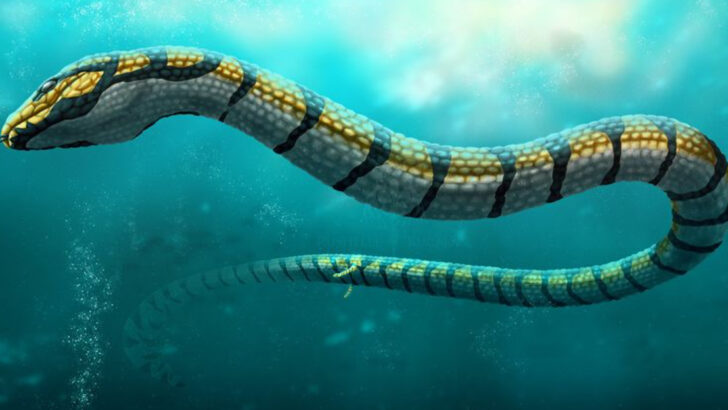Some snakes were so massive, so bizarre, and so ahead of their time that they might have rewritten the entire reptile rulebook—if only they had survived.
Imagine a world where enormous constrictors ruled the forests, venomous serpents reached new heights of lethality, and strange, long-lost species slithered through prehistoric swamps. These snakes weren’t just impressive; they were game-changers, shaping ecosystems in ways modern reptiles can only dream of.
But evolution is a cruel, unforgiving force. Climate shifts, competition, and even the rise of mammals sealed the fate of these incredible creatures, leaving behind only fossils and mystery.
From giants that could crush crocodiles to serpents with legs (yes, legs!), these 14 extinct snakes might have altered reptile evolution forever—if only they had been given the chance.
Titanoboa cerrejonensis
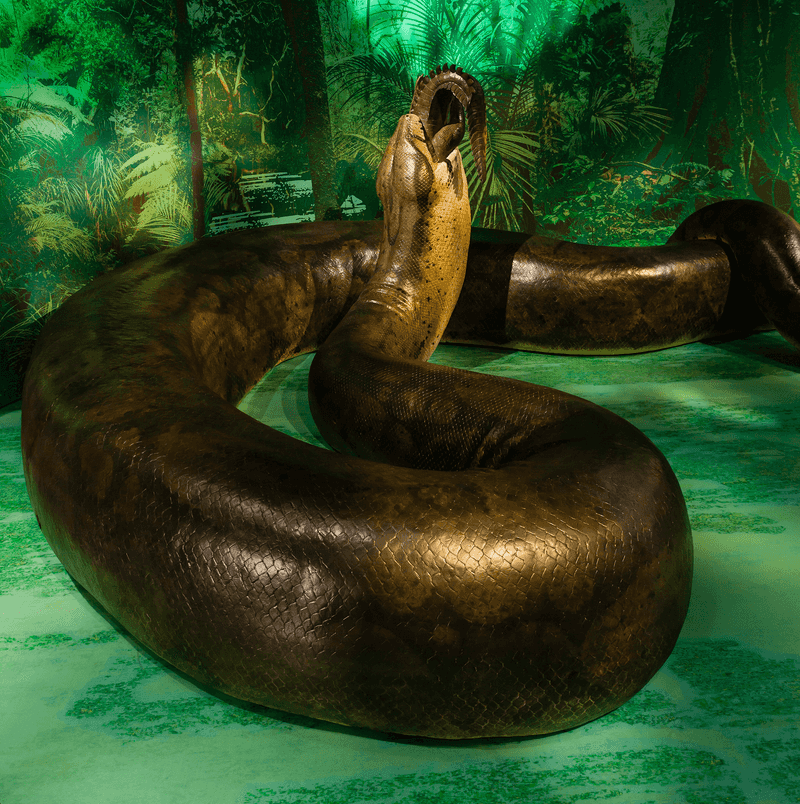
The Titanoboa cerrejonensis was an enormous snake, measuring up to 42 feet long and weighing over a ton. It lived approximately 58 million years ago in what is now Colombia, slithering through the hot, swampy jungles. Imagine its immense body coiling through dense vegetation, a predator unrivaled in its time. Its discovery sheds light on the climate conditions of the Paleocene epoch, suggesting that tropical temperatures were once much warmer. If it had survived, modern ecosystems might have evolved differently, possibly influencing the size and behavior of contemporary snakes. This massive serpent remains a subject of fascination and study.
Madtsoia bai
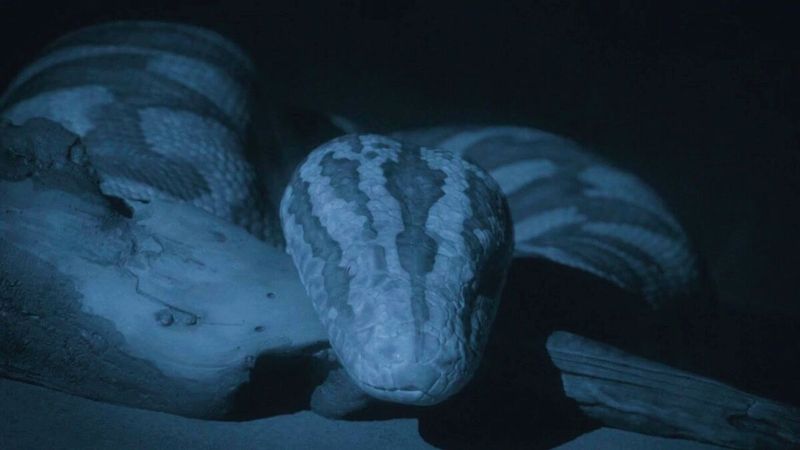
Madtsoia bai was a giant snake that could grow up to 33 feet long. It lived in the arid regions of what is now Argentina during the Paleogene period. This colossal reptile would have been an apex predator in its environment, capable of preying on large mammals. The disappearance of Madtsoia bai likely left a significant void in its ecosystem, influencing the evolutionary trajectory of other species. Its presence in the fossil record provides insights into the adaptability of snakes to different climates. Imagine its impact on modern reptilian evolution if it had continued to thrive.
Gigantophis garstini
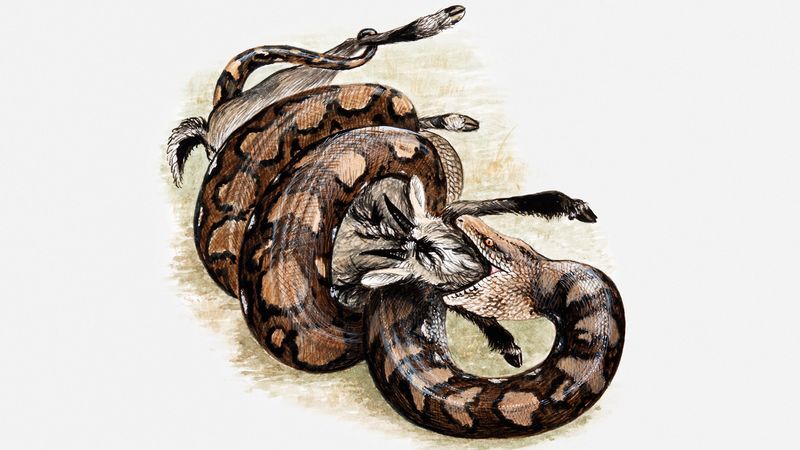
Gigantophis garstini was one of the largest snakes ever recorded, reaching lengths of up to 35 feet. This prehistoric giant roamed the regions of what is now northern Africa about 40 million years ago. Picture its massive form sliding through ancient Egyptian landscapes, hunting prey with unmatched prowess. Gigantophis’s existence challenges our understanding of snake evolution, highlighting a time when reptiles ruled the wilderness. If it were still around, its presence could have significantly influenced the ecosystem dynamics of modern Africa. Its extinction marked the end of an era for giant serpents.
Wonambi naracoortensis
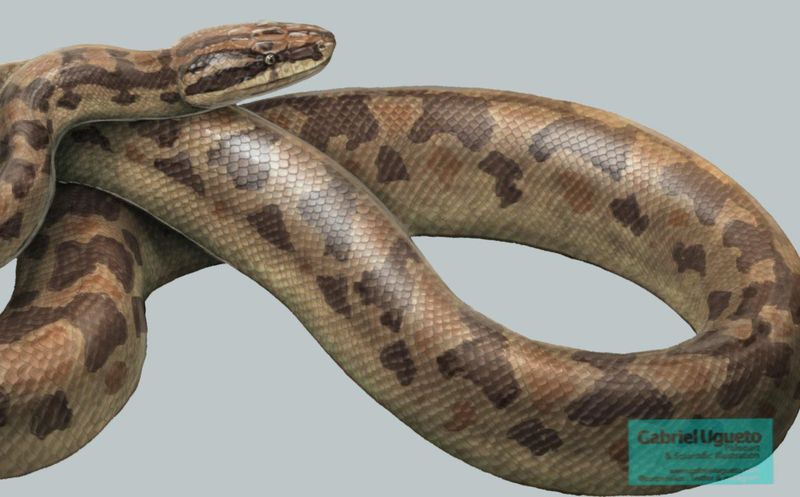
Wonambi naracoortensis was a large, non-venomous snake that lived in Australia about 40,000 years ago. Unlike many modern snakes, it was part of an ancient lineage with no surviving relatives today. It inhabited caves and was likely a formidable predator of small to medium-sized mammals. Envision this snake’s influence on Australia’s unique fauna if it had survived, potentially altering the evolutionary course of marsupials and other native species. Its extinction, possibly due to climate change or human impact, marked a significant shift in the continent’s ecological balance.
Sanajeh indicus
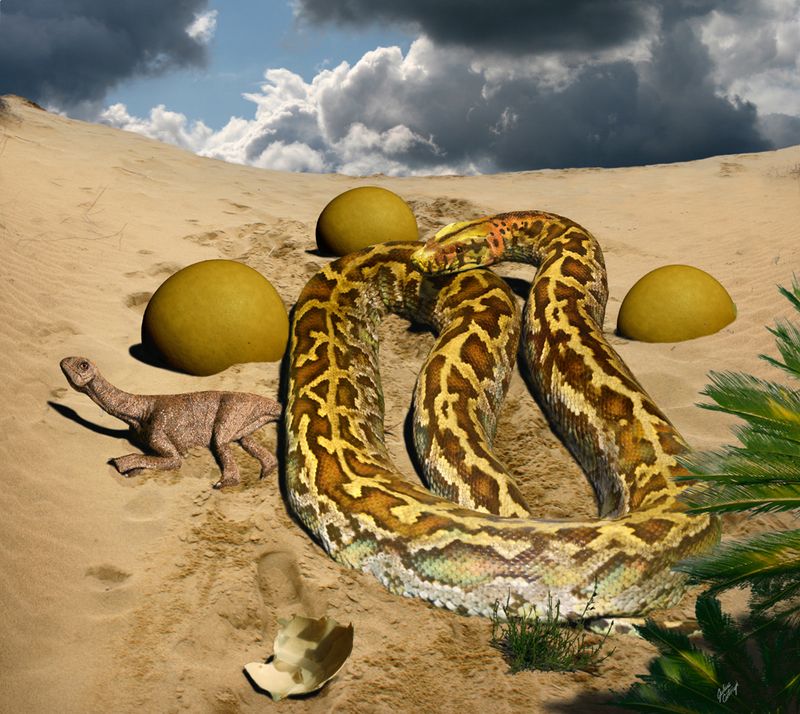
Sanajeh indicus was a medium-sized snake that lived during the Late Cretaceous period in what is now India. This snake is particularly notable for its association with dinosaur nests, suggesting it preyed on hatchlings. Imagine the delicate balance of this predator-prey relationship and how its continuation could have influenced the survival strategies of both snakes and dinosaurs. The existence of Sanajeh indicus offers a glimpse into ancient ecosystems where reptiles and dinosaurs coexisted. Its extinction may have played a role in shaping the evolutionary path of surviving reptilian species in the region.
Boavus idelmani
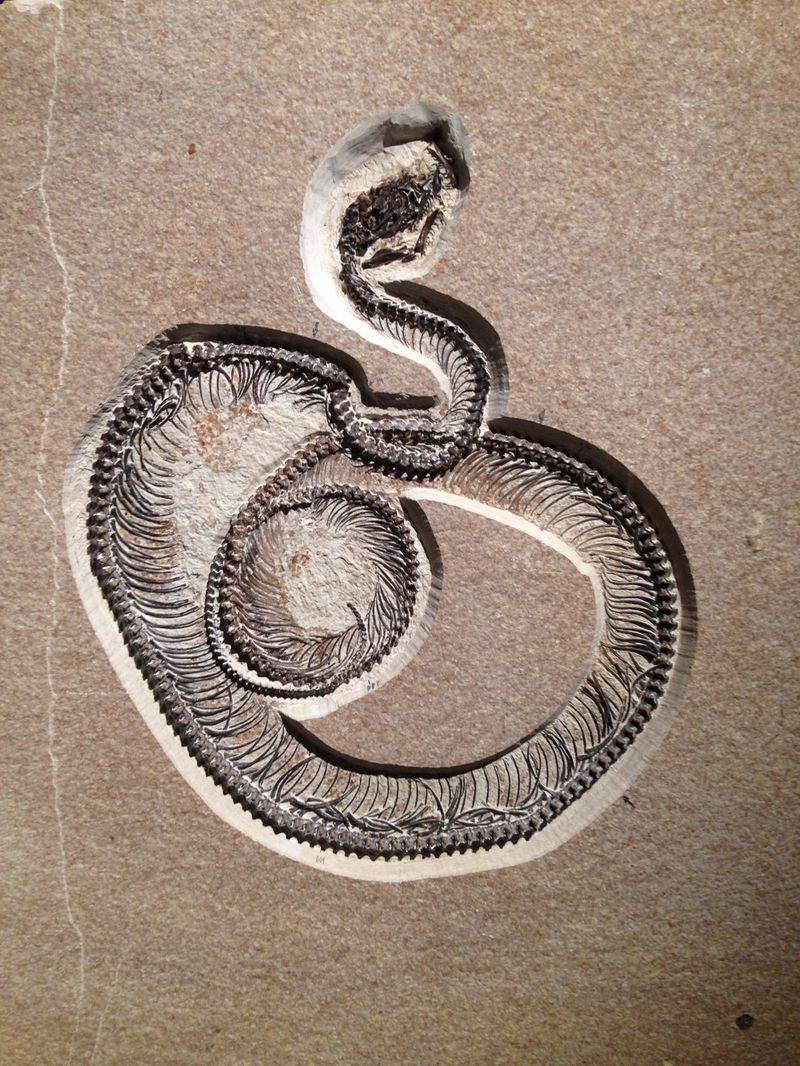
Boavus idelmani was a medium-sized snake from the Eocene epoch, thriving in the temperate forests of what is now North America. Known from fossil remains, it is believed to have lived alongside early mammals, birds, and other reptiles. Consider its potential impact on the biodiversity of these ancient ecosystems, competing for resources with other predators. The disappearance of Boavus idelmani might have altered the evolutionary pathway of surviving snake species in the region. Its fossil record provides valuable insights into the adaptability and ecological roles of prehistoric snakes in temperate climates.
Dinilysia patagonica
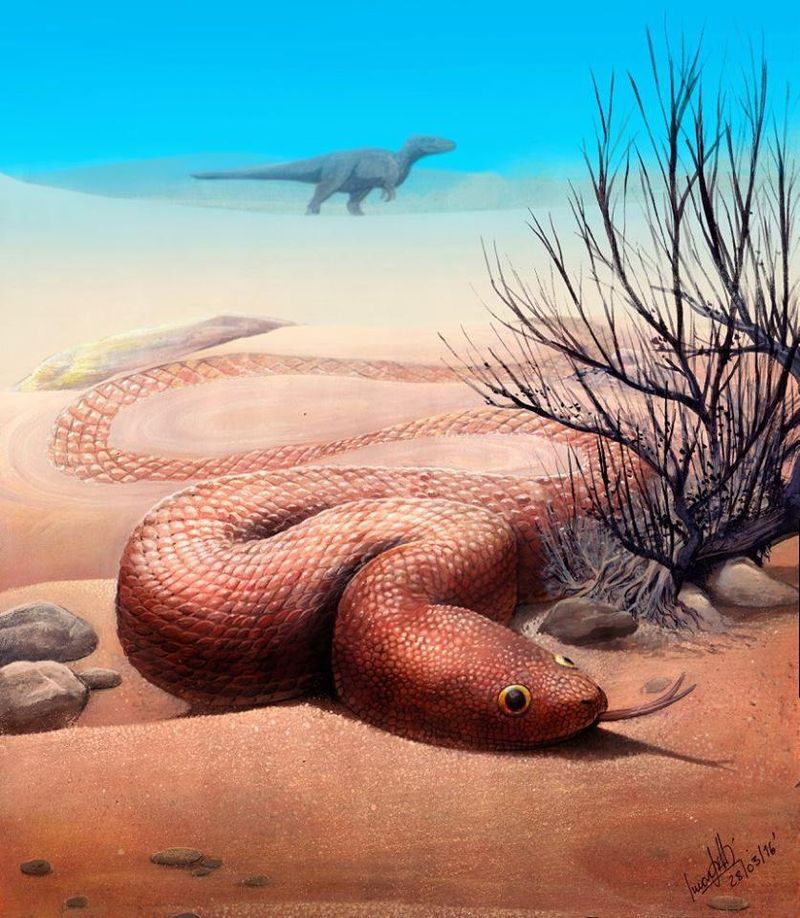
Dinilysia patagonica was a large snake from the Cretaceous period, residing in the Patagonian region of South America. It is significant for its position as a basal snake, offering insights into the early evolution of serpents. Imagine it navigating through ancient landscapes, influencing the evolutionary paths of other reptiles. The extinction of Dinilysia patagonica left a considerable gap in our understanding of snake evolution, yet its fossils continue to guide researchers in piecing together the history of these enigmatic creatures. Its survival could have led to diverse evolutionary outcomes for modern snakes.
Najash rionegrina
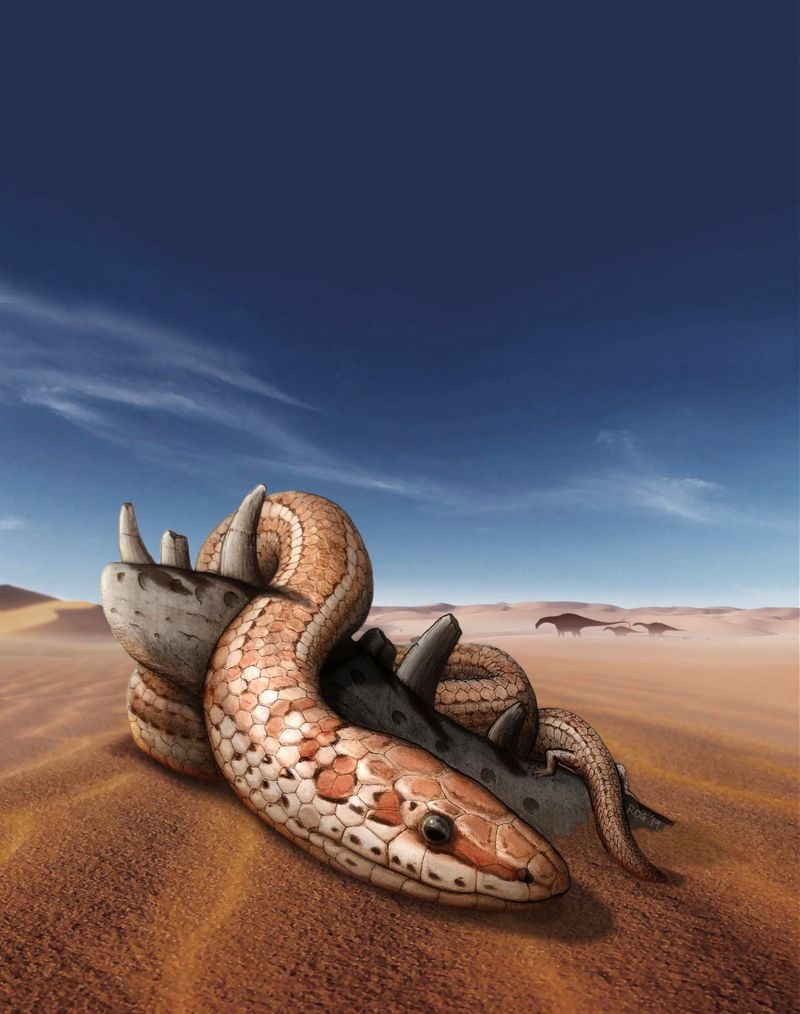
Najash rionegrina was a unique snake with vestigial legs, living during the Cretaceous period in Argentina. Its discovery has provided crucial evidence for understanding the transition from lizards to snakes. Picture it moving through terrestrial environments, its limbs a reminder of its lizard-like ancestors. If Najash had persisted, the evolutionary path of legless snakes might have been quite different. Its existence emphasizes the complex evolutionary history of reptiles, showcasing a pivotal moment in the adaptation of snakes to diverse habitats. The fossil remains of Najash continue to captivate scientists worldwide.
Haasiophis terrasanctus
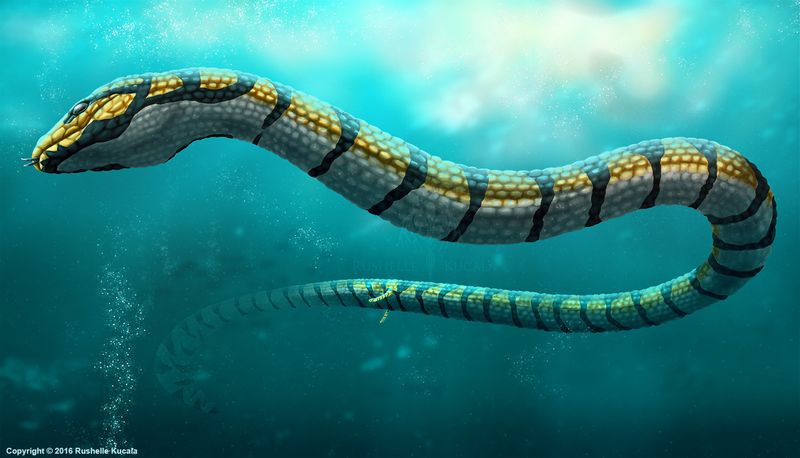
Haasiophis terrasanctus was a small, marine snake that lived during the Cretaceous period in the region of the modern-day Middle East. This snake is remarkable for its well-preserved hind limbs, offering a glimpse into the evolutionary transition from terrestrial to aquatic life. Imagine its existence in ancient seas, navigating waters teeming with marine life. The presence of Haasiophis terrasanctus highlights the diverse evolutionary paths of snakes, balancing between land and water. If it had survived, it might have further diversified marine reptiles, influencing the evolutionary trajectory of oceanic ecosystems.
Coniophis precedens
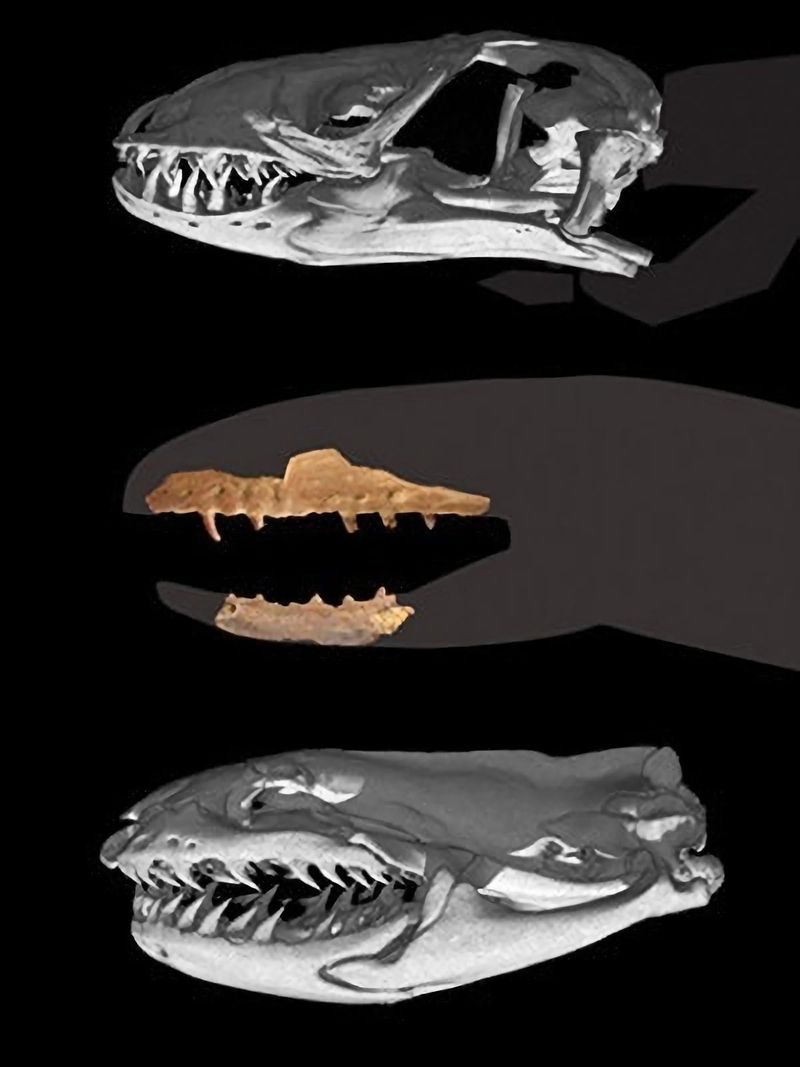
Coniophis precedens was a small snake that lived during the Late Cretaceous period in North America’s grasslands. Known from fragmentary remains, this snake provides insights into the early evolution of serpents. Picture it slithering through ancient grasses, preying on small creatures and avoiding larger predators. Its existence illustrates a time when snakes were beginning to diversify into various ecological niches. The extinction of Coniophis precedens might have played a role in shaping the evolutionary paths of future snake species, influencing their adaptation and ecological roles in changing environments.
Eupodophis descouensi
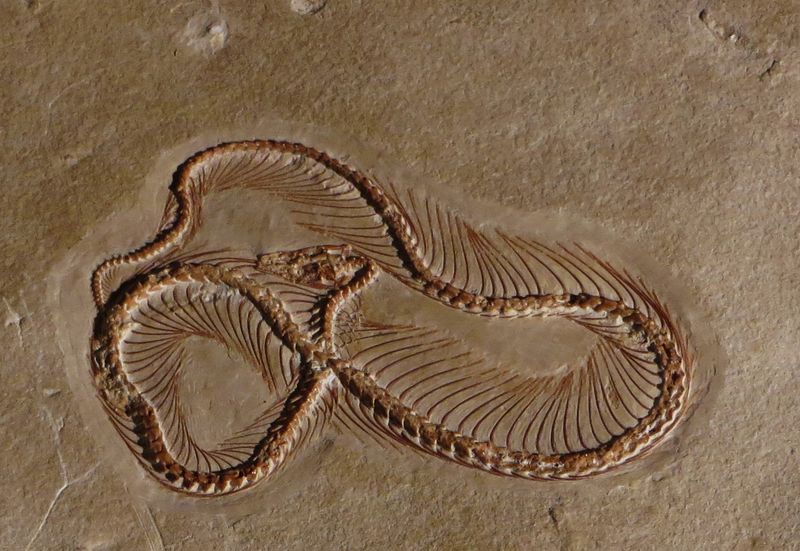
Eupodophis descouensi was a fascinating marine snake from the Cretaceous period, discovered in the Middle East. It had small, vestigial limbs, providing critical insights into the evolutionary history of snakes. Imagine it gliding through warm, prehistoric seas, its limbs a reminder of its terrestrial ancestors. If Eupodophis had survived, its unique adaptations might have led to diverse evolutionary outcomes for marine reptiles. The study of such ancient snakes continues to shed light on the complex transition from land to water, offering a deeper understanding of the evolutionary processes that shaped modern snakes.
Pachyrhachis problematicus
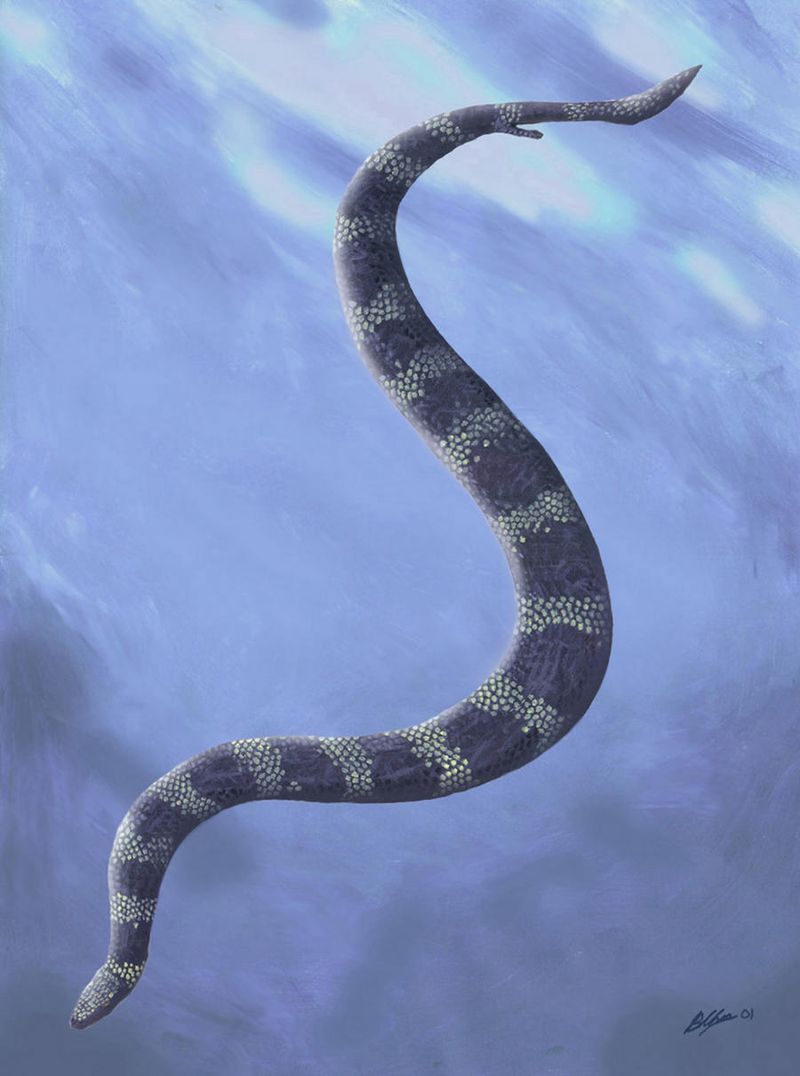
Pachyrhachis problematicus was a small marine snake that lived during the Cretaceous period in the Eastern Mediterranean. Known for its hind limbs, this snake has provided significant insights into the evolutionary transition of snakes from land to sea. Picture it navigating the ancient waters, its limbs aiding in movement and balance. The existence of Pachyrhachis problematicus highlights the diversity of evolutionary strategies among early snakes. Its survival could have led to a different evolutionary pathway for marine reptiles, potentially influencing the adaptation and diversification of aquatic serpents in today’s oceans.
Ophiderpeton brunonianum

Ophiderpeton brunonianum was a legless amphibian from the Carboniferous period, sometimes confused with early snakes due to its serpentine appearance. It inhabited swampy regions, intriguing scientists with its unique evolutionary position. Imagine its role in these ancient ecosystems, preying on small invertebrates and avoiding larger predators. Although not a true snake, its existence highlights the diverse evolutionary experiments in vertebrate history. The study of Ophiderpeton brunonianum offers valuable insights into the evolutionary transitions between different groups of reptiles, emphasizing the complexity and adaptability of life over millions of years.
Palaeopython ceciliensis
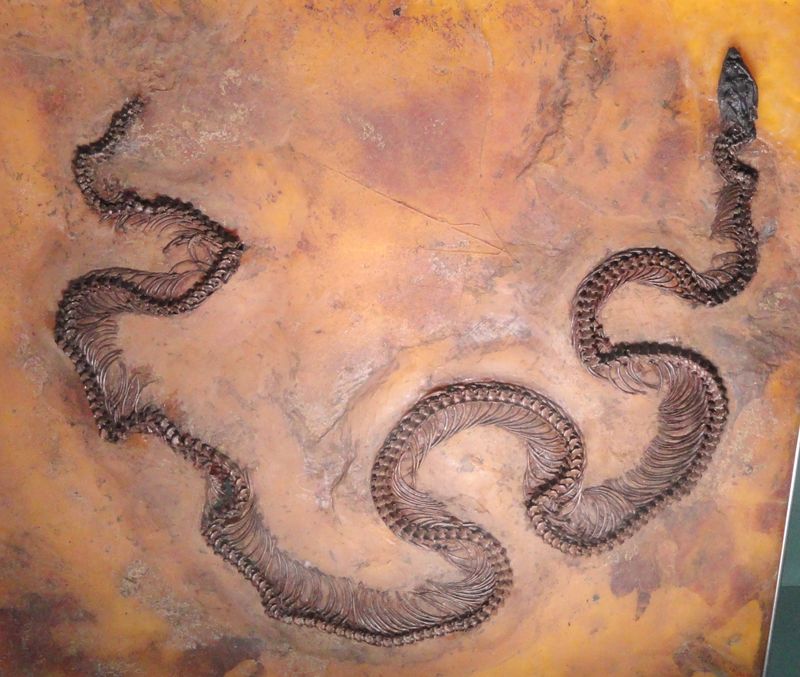
Palaeopython ceciliensis was a large snake from the Eocene epoch, residing in tropical forests. Known from fossil remains, it likely played a significant role in its ecosystem, preying on a variety of animals. Imagine its presence influencing the distribution and behavior of other species in these dense forests. The extinction of Palaeopython ceciliensis might have opened niches for other reptiles, impacting the evolutionary trajectory of modern snakes. Its study continues to enhance our understanding of the ecological roles of snakes throughout history, illustrating their adaptability and influence on the biodiversity of ancient times.

